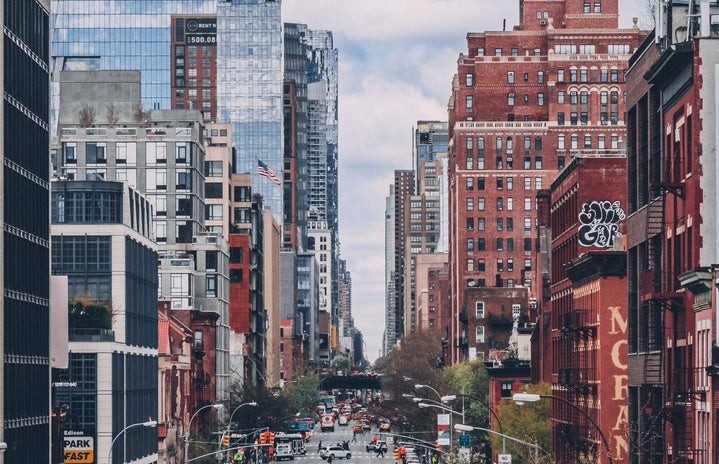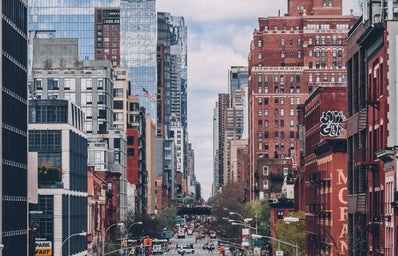We continue to grapple with the shadow of discrimination and tension between communities, social groups, and ethnic groups. So far, there have been a couple of creative ways to condemn discrimination and injustice, such as donating to an organization. Also, all of us at Her Campus at MSU created a heart-touching multimedia magazine in support of the BLM Movement. As an undergraduate student majoring in Landscape Architecture, I was pondering about how my chosen field is contributing toward condemning social injustice and discrimination and if design offers an interesting avenue.
Yes, it does!
More than a hundred and fifty years ago, Frederick Law Olmsted helped design Central Park in New York City that we adore today as a flavor of nature added to the dish of urbanization. When designed, the park became a symbol of unity and integration as it represented the togetherness of everyone living in New York City, regardless of their cultural and ethnic background, social standing, and age.
How does the creativity and beauty of design bring communities together?
Design, with the concept of metaphor, employs a visual poetic touch as a part of making a space more aesthetically pleasing and welcoming to everyone. For instance, the Herter Park in Boston has extensive space and margins near the river that allow everyone to gather with extended family members. It particularly benefits immigrants from Latin American countries as they find it more similar to home and could even benefit others who love spending time with extended family members, which include Asian immigrants as well.
The design of public spaces can even promote storytelling, which organizations like the public history organization, Paper Monuments, support and work on. Public spaces include displays, such as plaques and statues, that illustrate the identity and metaphorical significance of the space and even of communities and cultures. The Portland Mercado in Portland is one such example where the food truck culture can illustrate the speciality of Latinx cuisine and bring appreciation for Latinx culture and traditions. It contributes toward integrating different communities in Portland and thereby celebrates the colors and magnificence of diversity and multiculturalism.
How does design make spaces more inclusive in terms of gender?
A public space, such as an urban park or garden, can be designed to make it more inviting, exciting, and adventurous. For instance, the Burnside Park in Providence, Rhode Island includes a stage, a storage shed, and an outdoor reading room, which helps attract a larger number of women and children to the park. Through this, design and elements provide more areas and sub-spaces that allow men, women, and children to secure their place and mingle together. Hence, the park is enriched with diversity of gender and makes the park more inviting toward everyone.
How does design and planning reduce segregation of immigrants?
According to an article from the journal City Community, there are around eleven million undocumented immigrants in the U.S. Being foreign citizens, undocumented immigrants tend to face challenges and barriers, such as limited access to healthcare services and also having limited mobility to shift neighborhoods, forcing them to reside in crowded accommodations and segregated neighborhoods. Urban design plays a role in integrating immigrants. Urban designers plan neighborhoods that are heterogeneous rather than homogenous. A heterogenous neighborhood includes residents from various cultural backgrounds that enrich the vibrance and multiculturalism of the neighborhoods. Moreover, each household is treated equally and provided with all of the services the neighborhood has to offer.
Design can offer intriguing outlets for promoting diversity and integrating different communities as a part of bringing cultures, beliefs, nations, and art together. Furthermore, the design of parks and urban spaces like these can even make a difference in supporting the African American community, which sadly remains a “broken promise,” according to an article published on Project for Public Spaces. Participatory Design is one of the ways in which parks and spaces can be designed collaboratively to cater to the needs of African Americans and enrich the charm of the urban spaces that shape the beauty of cities today.
Let’s celebrate the melting pot of diversity in America and across the world through design!


